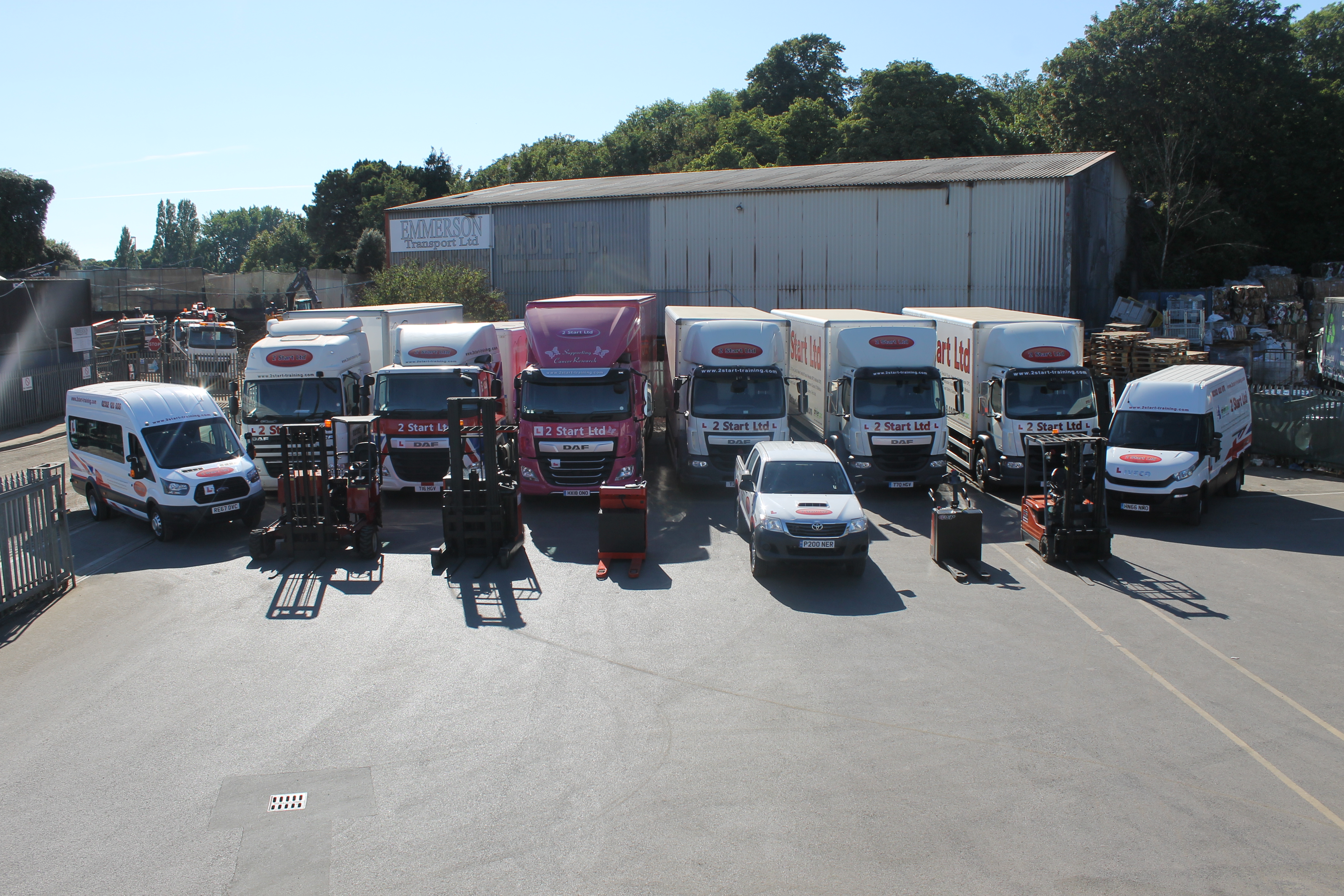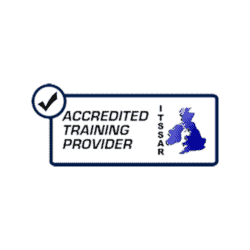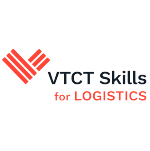Slinger Signallers work with a team who are completing a lifting task. Typically working on construction sites, a Slinger Signaller has vital responsibilities which benefit the team, and while it can be a high intensity role, it has many rewards.
So, here’s everything you need to know about Slinger Signallers. Including what they do, training requirements, and the salary expectations.
What is a Slinger Signaller?
Working alongside the Operator, a signaller acts as the eyes of the operator. They ensure that a lifting operation is being completed safely and communicate to the operator through hand signals (or radio or phone) which help them to pick up, manoeuvre and place the load in question.
Why are Signallers Important?
Slinger Signallers help to identify hazards, in which they can then alert the operator of these.
They also aid the operator of a Lorry Mounted Crane, so that they can focus on moving the load. The Signaller can make sure that the operator controls the crane and cargo safely, without the worry of having to focus on multiple scenarios, objects, or environments.
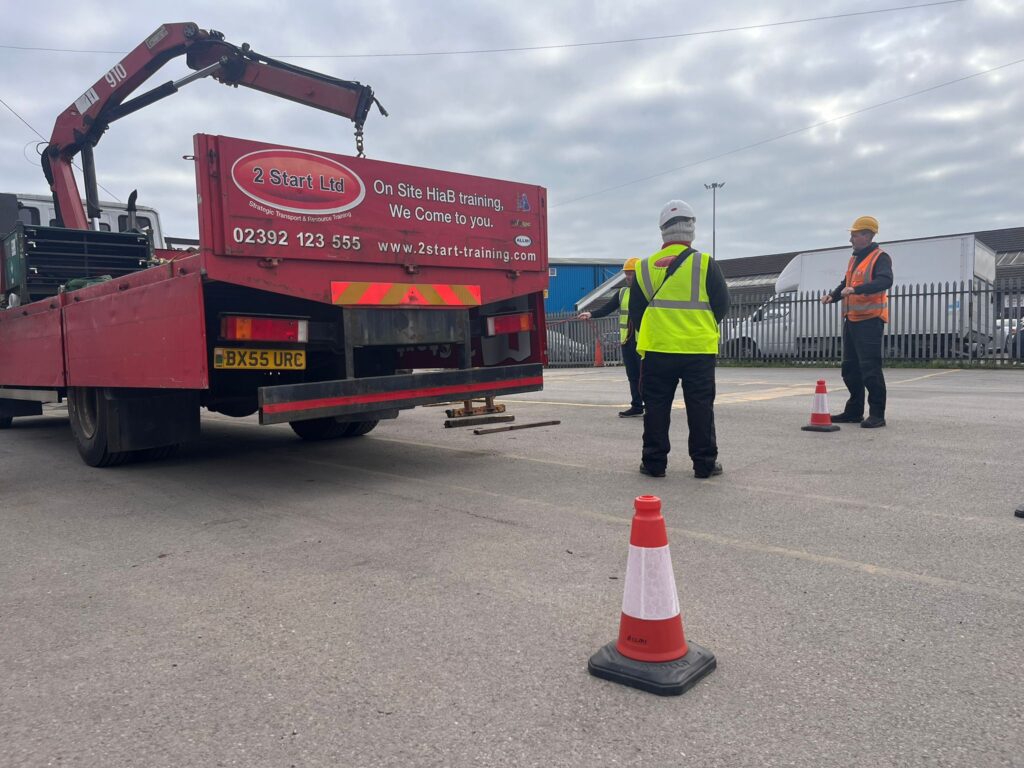
How to become a Slinger Signaller?
Age Requirements
To first train as a Slinger Signaller, you must be at least 16 years old.
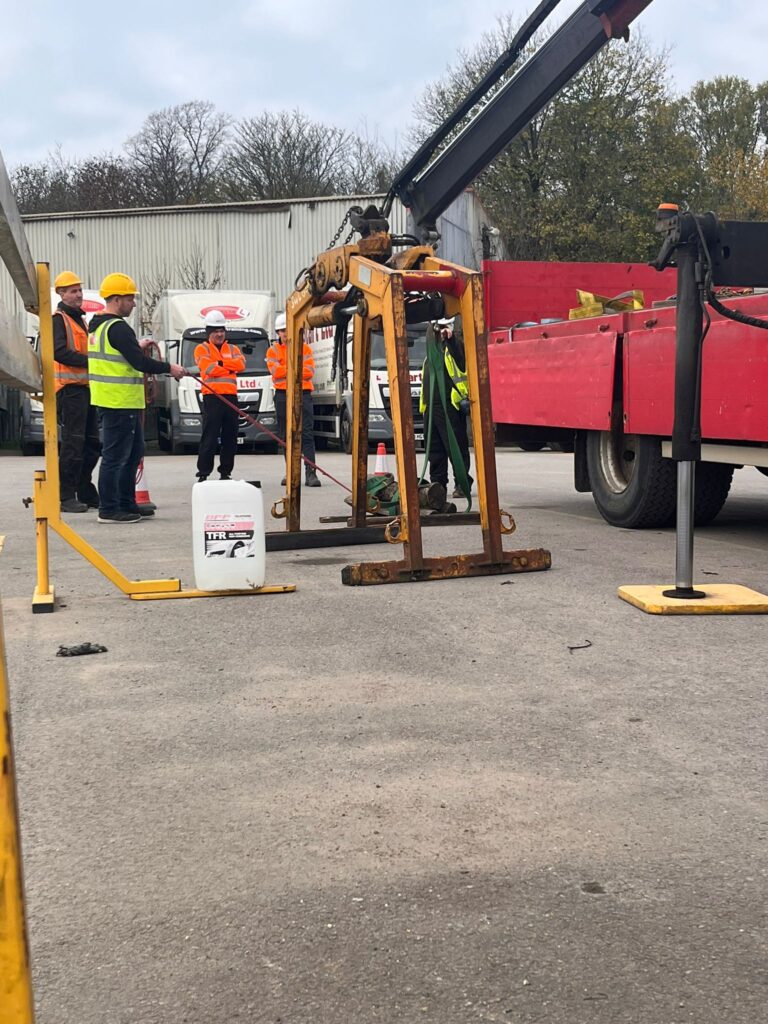
Training requirements
First, you need to have good communication and observation skills. Being able to hone into these will make your training and role easier to maintain at an industry set standard.
Also, you need to have a good understanding and knowledge of lifting apparatuses, weight distribution, health and safety rules & regulations, as well as crane attachment requirements. These will be the stepping stones to becoming a Slinger Signaller.
If you don’t have in-depth knowledge on lifting equipment, weight limits or health and safety regulations, don’t worry. You will learn all about these in your Slinger Signaller course, but if you have basic knowledge on these, it will help.
Duties and Responsibilities
What are Slinger Signallers required to do within their job role? This includes several tasks throughout the pre operation, duration of the lift, and post operation.
Plan the lift operation
First, you must identify the Weight of the load, the Safe Working Load (SWL) and Working Load Limit (WLL) of your equipment. You will then need to decide what is the safest way to lift the load. This will be based off the load weight, shape and material.
This means working out the weight of the load, and then using the proper attachments.
This can include checking
- Attachment types (hoists, eyebolts, shackles, hooks,)
- Material the load is made from (does it have sharp edges? If so then you won’t want to use fabric straps)
- Load shape (how will you need to attach the load so it doesn’t slip out?)
- Where you are lifting to
Once you know how the load can be attached, you can then continue to complete the lift.
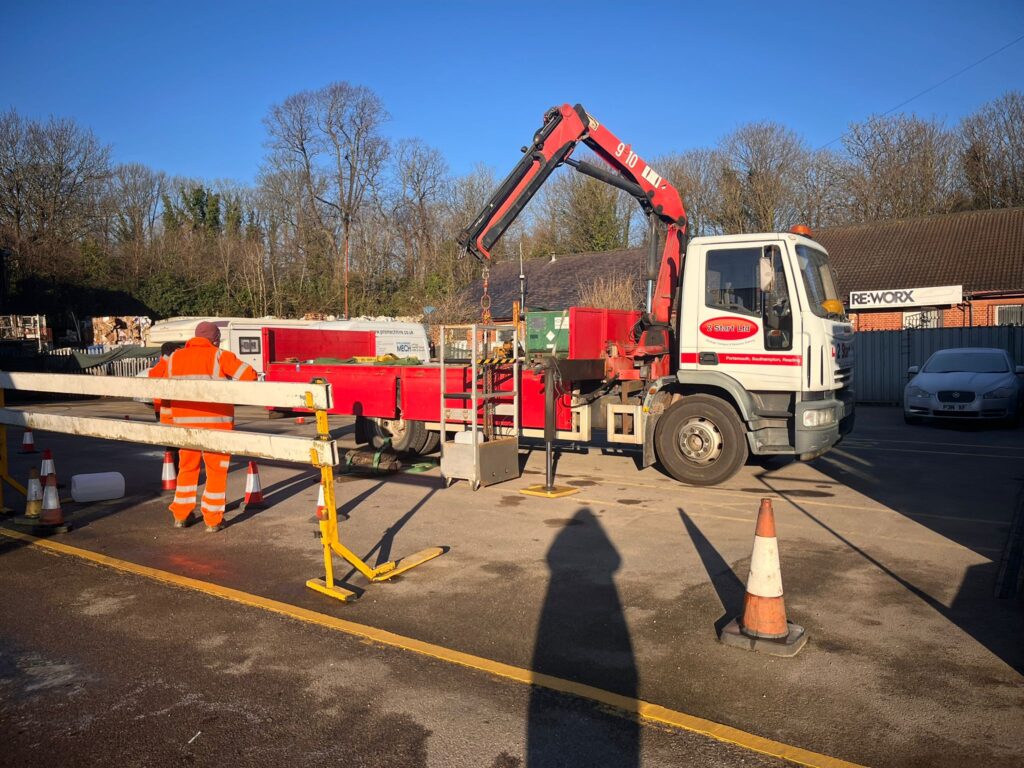
Identify any hazards
Before you complete any work, you must first complete an assessment to ensure that the work being carried out is safe to do so. Hazards could include:
- Trees
- Unstable Ground
- Power Lines
- Buildings
- Pedestrians
- Nearby Machinery
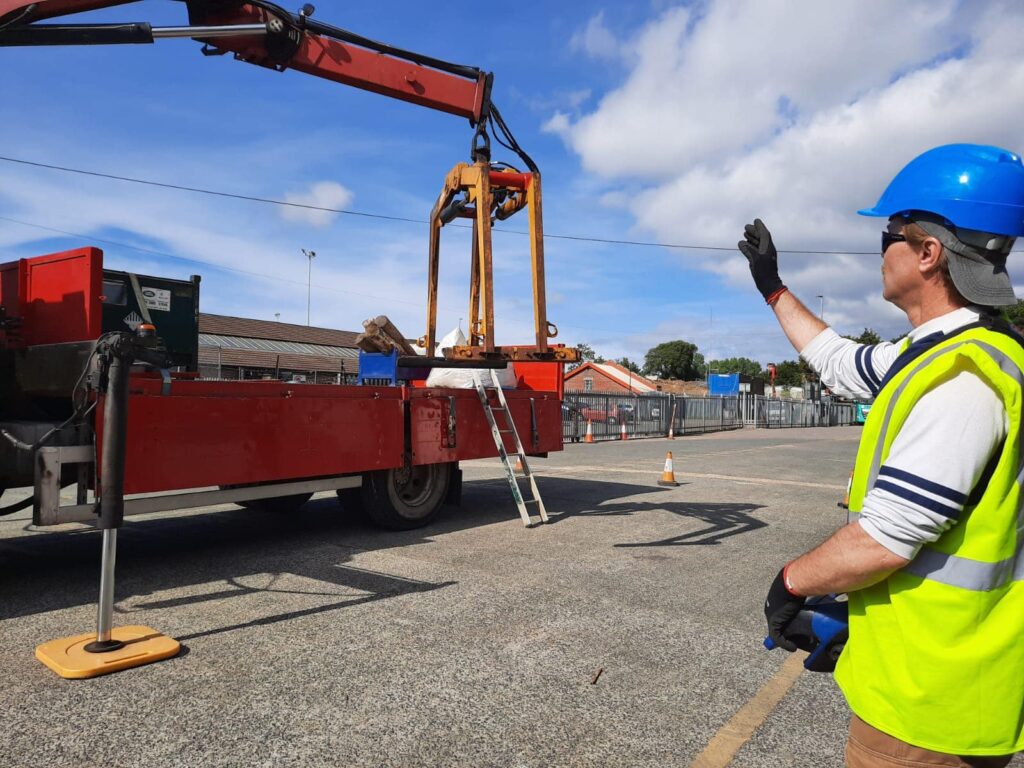
When you do a site assessment before completing the work, you will also need to consider weather conditions.
Because the duties of a slinger signaller are mostly non-verbal, and as some loads can weigh a significant amount, this makes weather conditions an important factor within your working environment. Factors such as high winds, intense fog and torrential rain can impact your safety, reduce visibility and increase the risk of an incident.
Attach and detach the load
A significant duty Slinger Signallers also have is to identify that the load is properly attached, and is safely detached. The Slinger should be able to identify which types of lifting accessories are needed for the load. This is where the Slinger Signaller’s knowledge on attachment types and considerations are vital to ensure safe operations.
If the wrong attachment and accessory combination is used on a load, the ramifications of the load coming loose from its straps in the air are more likely.
Attach and detach the load
A significant duty Slinger Signallers also have is to identify that the load is properly attached, and is safely detached. The Slinger should be able to identify which types of lifting accessories are needed for the load. This is where the Slinger Signaller’s knowledge on attachment types and considerations are vital to ensure safe operations.
If the wrong attachment and accessory combination is used on a load, the ramifications of the load coming loose from its straps in the air are more likely.
Conduct Regular Equipment Inspections
As the lifting attachments and equipment are used to lift significantly heavy materials and goods, this can create wear and tear over time. It is the Slinger Signaller’s duty to conduct regular inspections on the attachments, accessories and any other equipment that would be used.
Any defects found, they must be logged and reported to the relevant individual, then avoid using the equipment until replaced.
Continuously communicate to the operator through gestures at ground level
The Slinger Signaller must be able to use the correct signals which help the operator to safely manoeuvre the cargo. This is always done at ground level, and the Signaller must be visible to the crane operator (unless the radio or phone is used).
You must direct the operator safely, which will also help him to place the goods in the location agreed upon prior.
Stopping Crane Operations
In any instance that you think the operation isn’t safe to complete, you have the authorisation to halt all operations. The team’s safety is the biggest priority and you must put their security before the task at hand.
You can continue or try again once you are satisfied that the lifting operation is safe to complete.
Consequences of Non-Compliance
As the role of a Slinger Signaller is critical, there are severe consequences if the job is not done by the book. Or, if worst case, an incident happens. There are consequences to the lack of compliance.
Fines or dismissals
f you don’t complete the checks you are required to do, this can put yourself and others at risk. Even if no one is injured, you are still liable for enforcing checks which are appropriate to your work and business. Lack of checks and risk assessing is not acceptable in any situation. You are responsible for the safety of yourself, others and the surrounding environment.
So, if you are caught not completing your job appropriately, you can be fined, receive a warning form your employer, or potentially demoted or dismissed because of lack of compliance.
It is not worth the risk!
Potential to injure or kill someone
Not conducting safe work and checks can have more severe consequences. If you are not aware of your surroundings, you could very well injure or kill someone. Not only will you potentially be prosecuted, but you could receive a prison sentence, and not to mention the immense guilt you will have.
An incident involving a 24-year-old being crushed during a lifting operation is proof as to how these incidents can happen if the lift is not planned properly.
The Health and Safety Executive (HSE) found that the company in question “…failed to properly plan the lifting operation on the work platform.” It was also found that the company did not have a system in place to examine the equipment being used, so out of date slings ended up being used when they should’ve been disposed of.
It was said that the incident could have been avoided if the “…employer had fulfilled its statutory duty to plan and manage the risks associated with lifting equipment and lifting operations.”
How much do Slinger Signallers earn?
Entry Level to experienced operator salaries will differ. As this depends on not only the experience with the machinery, but also experience within work, how long your certification is valid for, and how long you have been operating as a Slinger Signaller in general.
A Slinger Signaller can see a potential salary as high as £42,000! This would be dependent on the experience you have. If you are starting out as a new Slinger Signaller, salary could start at £26,000 annually.
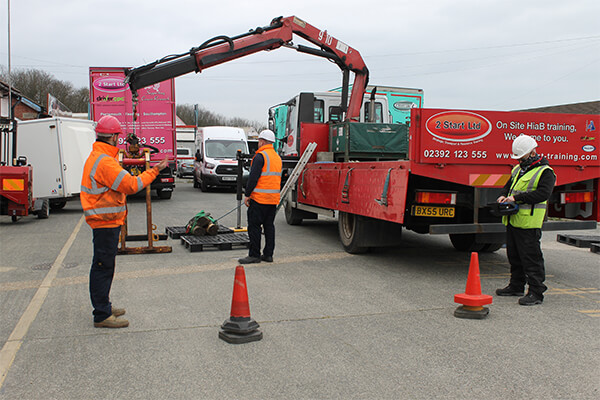
Why 2 Start Provide ALLMI accredited Slinger Signaller Training
Accredited certification proves your training meets industry standards. It reinforces safety across the construction, lifting, and loading sectors.
To earn this certification, you must complete comprehensive training backed by a recognised industry body.
This training is designed and supported by people with real experience, those who’ve worked or still work in the field. After all, no one understands the importance of a Slinger Signaller better than the operators themselves.
Training behind the certification
You will first need to have a general understanding the Lifting Operations and Lifting Equipment Regulations (LOLER) and the Provision of Work Equipment Regulations 1998 (PUWER). These are the starting blocks of understanding the responsibilities a Slinger Signaller will have. So knowing these regulations (or at least being aware of them) will help you hit the ground running.
You’ll start with theory learning and testing. During this stage, you’ll cover key regulations and legislation relevant to your role. You’ll also explore the different types of attachments and restraints used on the job. You’ll learn how your role supports the safety of other workers and when your responsibilities begin and end.
These competencies help you understand both the technical and safety-critical aspects of the job.
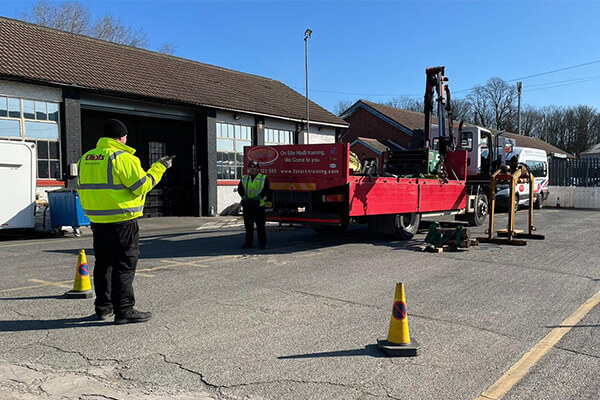
Then, you will go onto the practical training. This will also include a practical assessment, where you put your theory learnings into use.
You will be tested on each Slinger Step and Signal you conduct throughout the lifting operation.
Our Slinger Signaller course is taught by ALLMI accredited instructors, and your course will encompass the emphasis of compliance, as well as helping aspiring operators understand how to complete signaller duties in a practical environment.
Book your Slinger Signaller course with 2 Start, an accredited training provider in the South, and become a significant part of the construction industry today.
